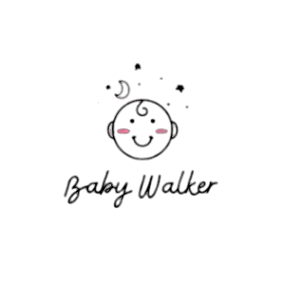
Table of Contents
The standard of safety:
Product recalls and consideration of safety standards for baby walkers are essential to ensuring the well-being of infants and young children. Baby walkers are designed to help children explore their surroundings and learn to walk. However, safety concerns have led to the establishment of stricter standards and occasional recalls.
ASTM F977 standard:
The American Society for Testing and Materials (ASTM) has set the standard F977 for baby walkers. This standard includes specifications for dimensions, structural integrity, stability, and other safety features.
Wheel Design:
Standards often specify the size and design of the wheel to prevent the walker from tipping over. Some standards also include requirements for braking systems to enhance control.
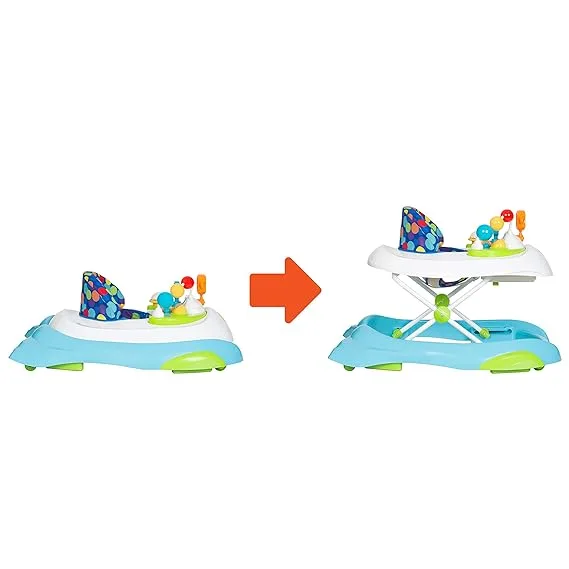
Folding mechanism:
If the baby walker is designed to be folded, there are standards to ensure the folding mechanism is safe and cannot accidentally collapse during use.
Height adjustment:
The standards address the height adjustability of baby walkers. Ensure it’s done safely and has no punch points that could harm the child.
Toxic materials:
Standards generally limit the use of harmful substances such as lead, phthalates, and other toxic substances in manufacturing baby walkers.
It reminds me of the product:
Despite adherence to safety standards, occasional recalls may occur due to identified safety issues. Manufacturers, regulatory agencies, or consumer complaints typically initiate refunds. Common reasons for the recall include:
Seat Design:
Requirements for seat structure, including restraint systems, are often specified to prevent children from falling out or attempting to climb over the edge.
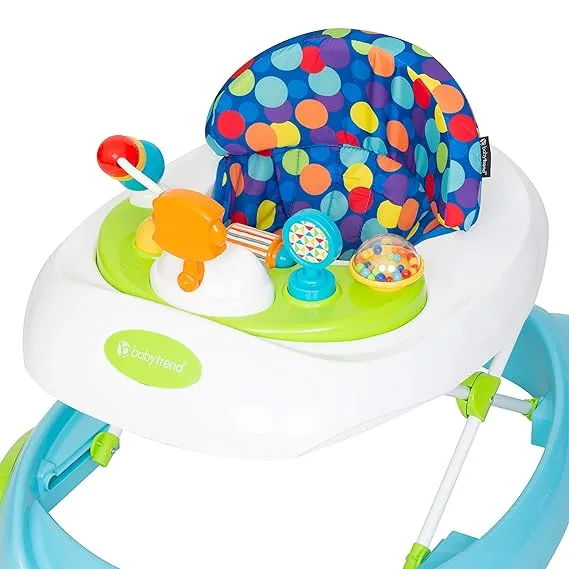
Structural problems:
Defects in the structural design, materials, or manufacturing process may jeopardize the baby walker’s stability or integrity.
Intrusion Risks:
Concerns related to gaps or holes that may lead to the hanging of the baby’s fingers, limbs, or other parts of the body.
Risks of tip-over:
Instances where the walker may tip over: This puts the child at risk of injury.
Mechanical failures:
Problems with the braking system, wheel mechanism, or other moving parts that may cause malfunctions.
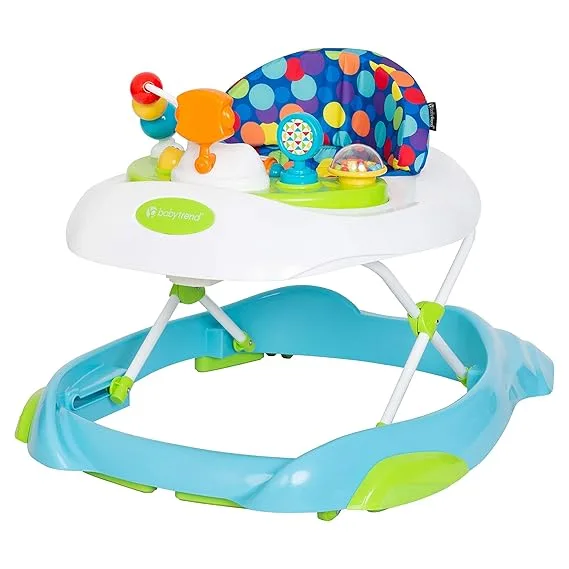
Failure to meet standards:
Non-compliance with established safety standards may prompt a recall to address potential risks.
Parents and caregivers should be aware of product recalls and respond promptly by following the recommended steps. Whether returning the product for a refund or implementing the suggested changes, regular recall checks and adherence to safety guidelines can help ensure the well-being of children using baby walkers.
Product recalls and safety standards are critical to consumer protection and public safety in today’s global marketplace. When a manufacturer or regulatory authority determines that a product is a safety hazard to consumers, it’s time to recall it. These risks can range from minor to life-threatening; urgent action is needed to reduce the potential damage.
On the other hand, safety standards are established guidelines and regulations designed to ensure that products meet minimum safety requirements before making them available to the public. These standards cover various aspects of product design, manufacturing, labelling, and distribution. They aim to reduce the possibility of accidents, injuries, or deaths associated with consumer goods.
One of the primary reasons for a product recall is the discovery of defects or malfunctions during the manufacturing process or after a product has been released to the market. These defects may arise from design flaws, inadequate quality control measures, or unexpected interactions between components. In some cases, security risks may appear only after extensive use or after fulfilling certain conditions. This is a reminder to avoid further damage.
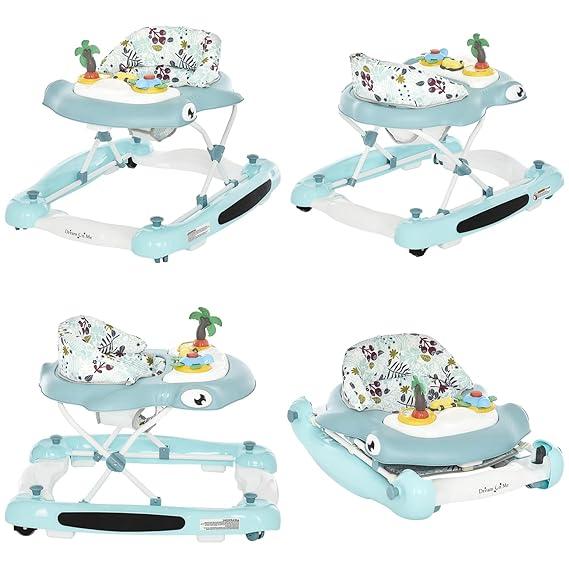
Safety standards are essential in preventing such problems by establishing product safety and performance standards. Industry organizations, government agencies, or international organizations often develop these standards. Factors such as technological advances, scientific research, and consumer feedback are considered. Compliance with these standards is generally mandatory for manufacturers, and They are implemented through inspection, testing procedures, and regulatory oversight.
Despite strict security measures, product recalls can still be caused by human error, unforeseen circumstances, or intentional misconduct. When it starts to return, So manufacturers are usually required to notify consumers, retailers, and regulatory authorities and implement measures to repair, replace, or refund affected products. The process aims to reduce consumer impact by ensuring transparency and accountability within the supply chain.
Frequently Asked Questions (FAQs)
What are the safety standards for baby walkers?
Safety standards, such as ASTM F977, specify requirements for dimensions, structural integrity, wheel design, folding mechanism, height adjustment, seat design, and the use of toxic materials to ensure the safety of baby walkers.
Why are baby walkers called back?
Baby walkers may be recalled due to structural problems, intrusion hazards, tip-over hazards, mechanical failures, or non-compliance with safety standards; all of these can put the safety of infants and young children at risk.
What caregivers should do in response to a product recall?
Caregivers should respond promptly to product recalls by following the recommended steps. This could entail giving the merchandise back for reimbursement or implementing suggested changes to ensure the safety of children using baby walkers.
Why safety standards are important for consumer products?
Safety standards are important to ensure that consumer products meet minimum safety requirements before they are made available to the public. The purpose of these standards is to prevent accidents, injuries or deaths associated with the use of consumer goods.
How are safety standards developed and implemented?
Safety standards are developed by industrial organizations, government agencies, or international bodies; factors such as technological advances, scientific research, and consumer feedback are taken into account. Compliance with these standards is enforced through inspections, testing procedures and regulatory oversight.
Conclusion
Product recalls and safety standards play an essential role in protecting the well-being of infants and young children using baby walkers. By following strict safety protocols and promptly addressing identified issues, manufacturers can maintain trust and confidence in their products while protecting public health and safety. Caregivers should be alert and responsive to recall the product. Ensuring that the products used by children meet the established safety standards.
